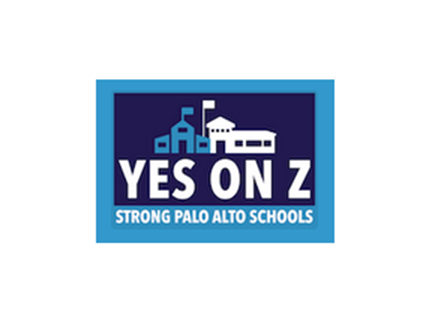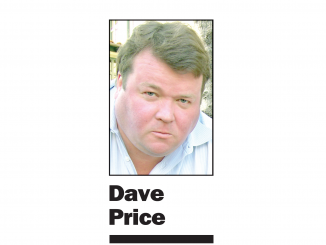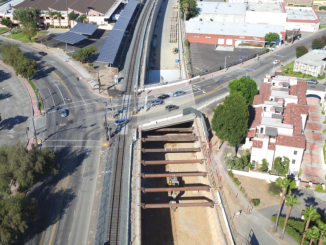
DAILY POST EDITORIAL
In the past, this newspaper hasn’t supported school bond measures for two reasons.
• The interest payments and fees usually exceed the amount spent on school construction.
• School districts should charge commercial developers higher impact fees to pay for school construction, rather than foisting the burden on homeowners.
That brings us to Measure Z, the $460 million bond measure for the Palo Alto school district on the Nov. 6 ballot.
We have no quarrel with the need for this money. The district’s $378 million bond measure in 2008 paid for improvements to the high schools, and this new bond issue would focus on the district’s elementary schools.
How the money would be used
Of the district’s 12 elementary schools, nine have barely been updated in the past 50 years.
The money would expand and renovate the schools’ multipurpose rooms and libraries, many of which have their original flooring, walls and electrical. These schools were also sized for a school population 25% to 50% lower than today.
Other improvements would include adding flex space that allows kids to receive small-group instruction separate from the main classrooms. That can help special education students, enrichment for gifted and talented students, and assistance for those struggling in a specific area.
There would also be funds for replacement of aging roofs, plumbing, electrical, heating and ventilation systems and seismic upgrades.
Minimizing interest payments
While we don’t like borrowing $460 million, the district has done a good job paying off the bonds from its previous measures early, which reduces the amount of interest paid to Wall Street investors. The district’s practice has been to sell bonds in small amounts right before the money is needed in a multi-year program, and then pay it off long before the bonds mature. This keeps interest costs down.
We’d like to eliminate bond financing all together and switch to a pay-as-you-go system. With pay-as-you-go, you’d raise taxes like you would for a bond measure, but the money would be banked for several years until enough is collected to undertake a particular project.
Unfortunately, raising taxes for pay-as-you-go funding isn’t allowed in California. The only way a school district is allowed to raise money for capital projects is through a bond measure. That’s something that needs to be changed in Sacramento.
Impact fees
Secondly, we think a greater share of school construction costs should be paid by commercial developers through impact fees. The jobs created in these office projects drive the housing demand, and that leads to more kids in the schools.
Currently, the Palo Alto district charges 61 cents per square foot for new commercial developments. We think that number is way too low. But, as it turns out, it’s the maximum the state will allow.
If the district wanted to go to a higher commercial impact fee, it would have to switch to year-round school and put 20% of students in portable classrooms under state law.
That’s ridiculous. The Legislature needs to raise the amount a district can charge commercial developers. But, in the past, attempts to raise the fee have been beaten back by the construction industry.
Attention legislators
We’d like to see our local legislators, Assemblyman Marc Berman and state Sen. Jerry Hill, introduce bills that would: 1. allow for pay-as-you-go financing to keep local dollars from going to Wall Street and 2. raise the amount a district can charge commercial developers.
It’s clear to us that the Palo Alto Unified School District intends to handle this bond issue in a responsible manner by keeping interest costs low and using the money to improve the city’s elementary schools. A benefit to better school buildings, in our view, is that the teachers and students are more excited about what they’re doing when they’re in nice surroundings, thereby enhancing the learning process.
So the Post is pleased to recommend a “yes” vote on Measure Z.



